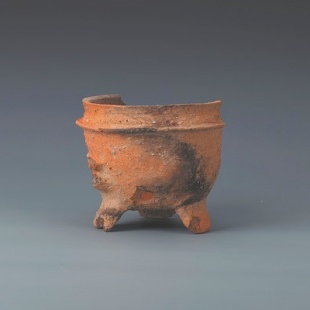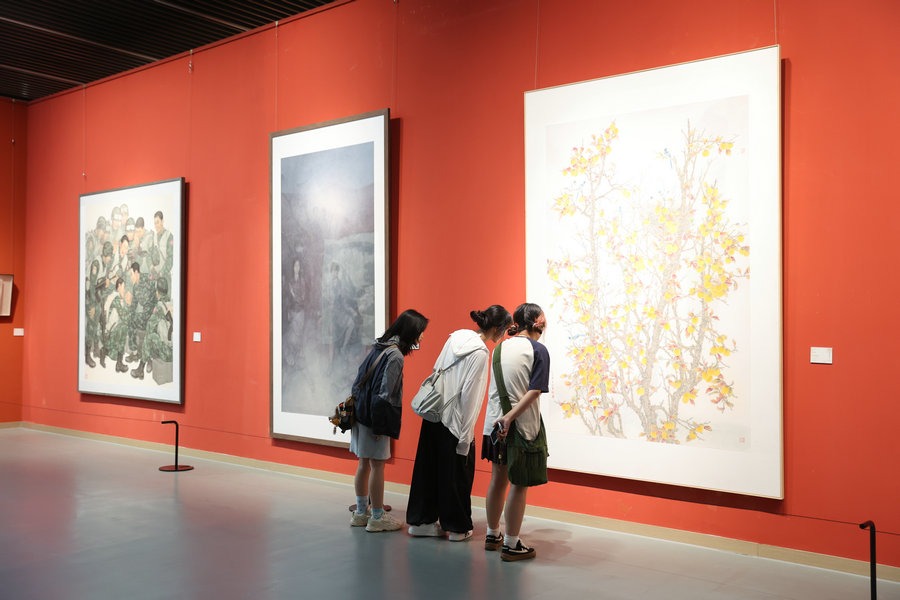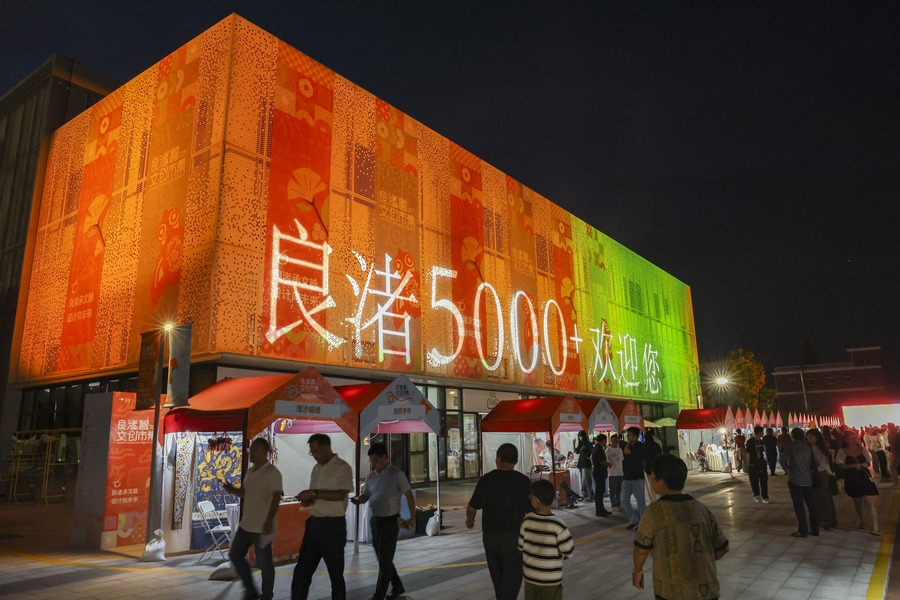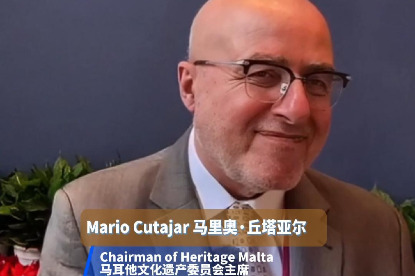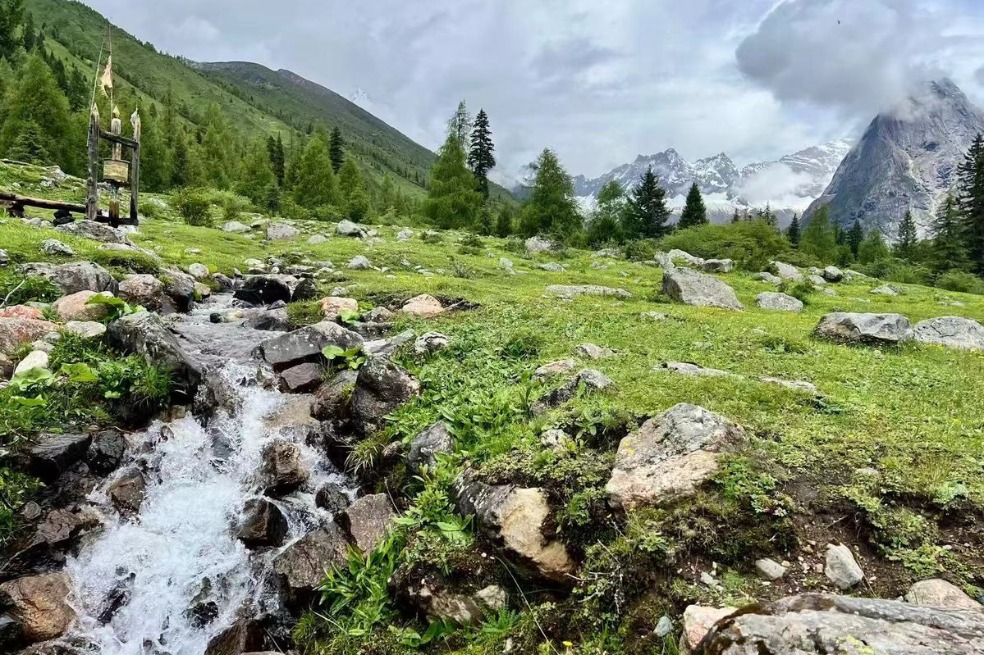Mapping a city's rise and fall
Vast archaeological site unearths new research materials for comprehending the formation of urban society approximately 6,000 years ago, Wang Qian reports.

Subsequent reverse verification by archaeologists, digging at the indicated points, confirmed the technology's accuracy, uncovering burnt red clay and ash pits exactly where the scans predicted.
While technology sets the stage, the real story is told by the soil. One of the most significant findings was a sophisticated system of two walls and three moats from the Majiabang cultural period.
Beyond the fortifications, another discovery underscores the site's longevity and significance — a dense cemetery from the subsequent Songze culture, with more than 140 tombs. Many are high-status burials, with some containing more than 20 grave goods, including ritual jade axes and finely crafted pottery.
"The Majiabang-period prehistoric city was clearly carefully planned and designed," says Ge Xinwei, who is part of the excavation team, at a panel discussion about the site's importance last month.
His team traced the clues from the initial walls and moats by setting up multiple test trenches around the site. They found that the inner wall and its accompanying moat formed a complete, rounded-square enclosure. The inner wall was constructed in four to six layers, with some sections supported by revetments. The base of the wall is generally between 4 and 9 meters wide, and stands up to 1.3 meters high in its best-preserved sections. The outer wall, also substantially built, has been identified mainly in the northern part of the site.


